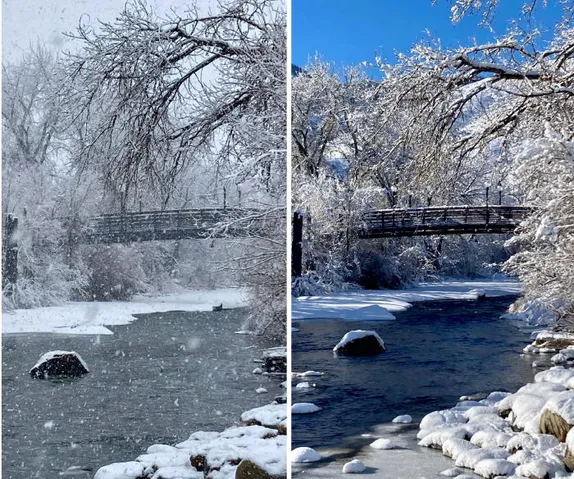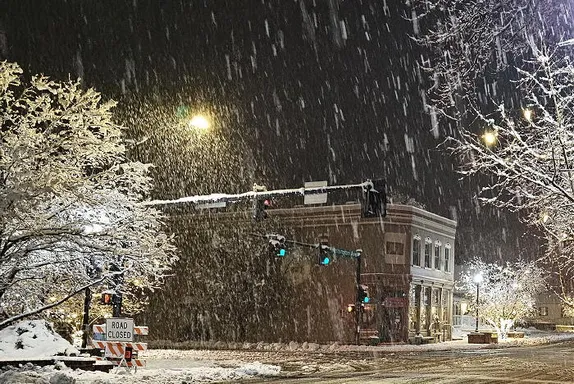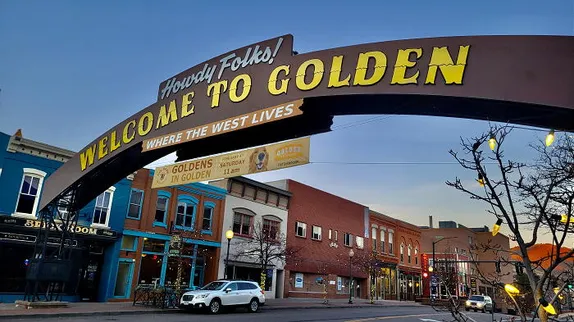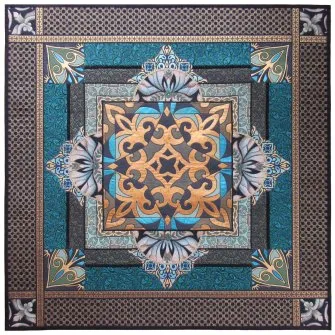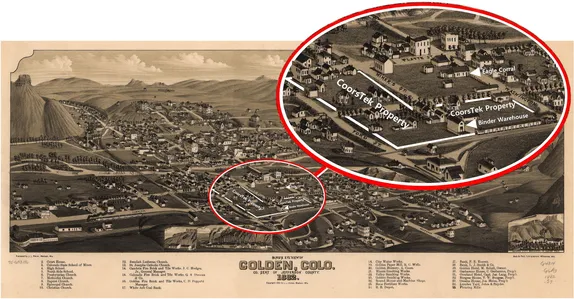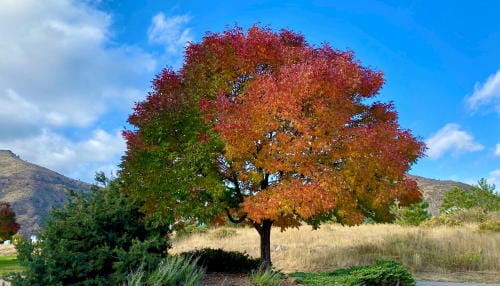
Virtual Events
8:30-9:25AM Silver Sneakers Classic
10AM Mid-Morning Meditation
10-11:30AM Virtual: Microsoft Word Basics
10-10:55AM All Levels Yoga
10:15-10:45AM Virtual: Preschool Time with the Library
11-11:55AM Silver Sneakers Circuit
5:30-6:25PM HIIT & Sculpt
6-7PM Qs and Brews Trivia
Real World Events
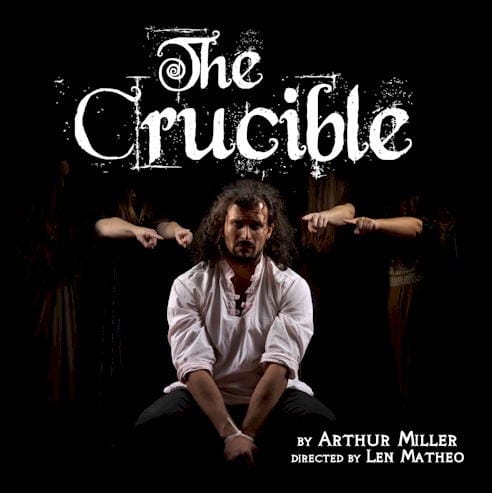
10:15-10:45AM Toddler Time @ Golden Library
3-6PM Ribbon Cutting and Grand Opening @ SkiData, Inc.
6-9PM Mini Paint Night @ Golden Game Guild
6-8PM Ladies’ Garage Party @ Avalanche Harley Davidson
6:30PM Economic Development Commission Meeting
EDComm will hear a presentation from the City’s tourism manager. The Visit Golden program hopes to increase their budget from $492K to $508K (not including salaries) next year. The Commission will also consider a request for a $3500 sponsorship from the CSM McNeil Center for Entrepreneurship.
7:30PM The Crucible @ Miners Alley Playhouse
This production has been getting great reviews:
Westword
At Miners Alley, The Crucible Is a Classic That Strikes Current Chords
On Stage Colorado
‘The Crucible’ stabs at collective stupidity in stellar Miners Alley production
Live Music

5:30PM Wake Up and Live @ Goosetown Station
6PM Keith Wren @ Buffalo Rose (Sky Bar Stage – outdoor patio)
6PM Acoustic Mining Company @ New Terrain Brewing
6PM Open Pick Night @ Over Yonder Brewing
8PM Karaoke @ Rock Rest Lodge
Golden History Moment
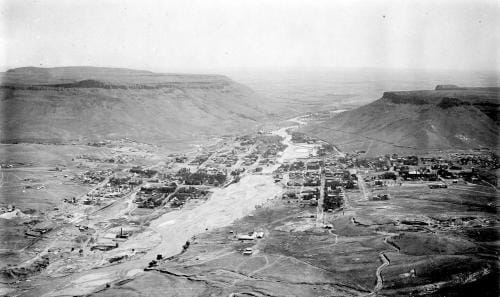
106 Years Ago
The October 14, 1915 Colorado Transcript reported that farmers were killing their crops by using the water from Clear Creek. The problem was pollution caused by the mining and milling operations upstream. This problem had been known and getting progressively worse since the 1870s.
Even in 1915, if someone polluted the water, they were legally obliged to “clear it” before returning it to the Creek. The article said that Clear Creek was “pure and wholesome” at Georgetown, which did not have mills. “After it leaves Idaho Springs, it is milky and not fit for domestic use.” Water quality remained an issue for nearly a century after that report.
January 23, 1919
Ask Law to Stop Pollution of Clear Creek – Golden City Council Joins with Clear Creek Farmers in Asking for Law to Prevent Further Pollution
December 20, 1928
Pollution Injures Soil
August 27, 1931
Suit Filed to Stop Water Pollution – Would Stop Mines from Dumping Tailings
September 3, 1931
Battle Lines of Pollution Suit Drawn
May 26, 1932
Clear Creek Pollution Case in Court
August 25, 1932
Pollution Case Goes to Supreme Court – Farmers Will Appeal Decision Given by Judge Sackmann
August 1, 1940
Clear Creek Pollution in Court Again
“…charging the Ruth Co. of Idaho Springs with polluting Clear creek when the company’s tailings dam broke on July 19 and allegedly discharged 3,000 cubic yards of slime and sand tailing into the stream.”
March 9, 1967
Water Pollution Problem Being Worked on Now
June 16, 1968
Clear Creek Doesn’t Look Too Clear
February 2, 1972
U.S. funds to clean up Creek
November 9, 1972
CSM group studies Clear Creek pollution
May 2, 1973
CSM student study to examine mill pollution
December 4, 1974
Court halts mill pollution of water
September 30, 1976
Why was Clear Creek orange?
The most common way to judge water quality was by appearance–if it was clear, it was pure and wholesome. The water coming down from the mines was clearly not “pure”– it was murky and included “slime”–but that wasn’t the only source of concern. A farmer wrote the following in the April 18, 1929 Transcript:
…the miners owners say they are really doing us a favor because the refuse contains lime an potash, both good fertilizers. Well, perhaps it does, but they fail to mention the great bulk of sterile earth and the intensely poisonous chemicals such as cyanide, acids and arsenic.
In 1983, the old mining towns–Central City, Clear Creek, and Idaho Springs–were declared a Superfund site. Clean up began in 1987 and a water treatment plant for the Argo Tunnel went online in 1998. That finally solved the problem.
Thanks to the Golden History Museum for providing the online cache of historic Transcripts, and to the Golden Transcript for documenting our history since 1866!

